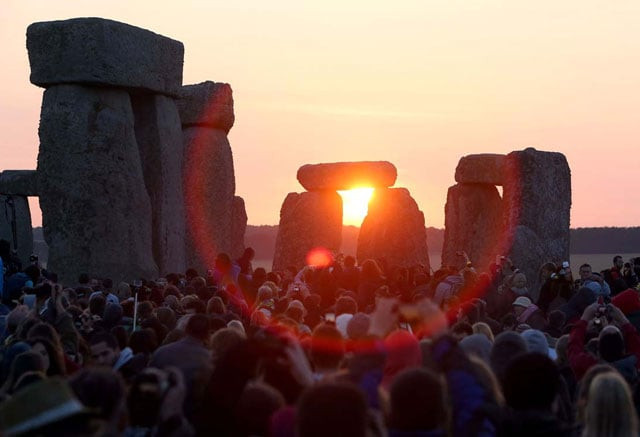Everything you need to know about the shortest day of the year
The solstice marks the astronomical start of winter whereas in the Southern Hemisphere it marks the start of summer

PHOTO: AFP
The winter solstice comes about each year when the Northern Hemisphere is tilted the furthermost from the sun, decreasing the amount of energy that reaches Earth. The solstice marks the astronomical start of winter, whereas in the Southern Hemisphere, December 21 marks the start of summer.
The Sun is disappearing and you only have 10 months to prepare
Further, on the winter solstice, places falling north of the equator have shorter than 12 hours whereas locations on the south of the equator have lengthier days; more than 12 hours, according to AccuWeather.
The occasion is a cause for celebration in some regions around the world. The most well-known solstice celebration occurs at the prehistoric Stonehenge ruins in Wiltshire, England, where druids, pagans and others come together to mark the event.
“Solstices and equinoxes are typically used to denote either the beginnings of the seasons or the center points of the seasons," says Rick Kline, Data manager, Spacecraft Planetary Imaging Facility at Cornell University, New York.
Here's when you can see the biggest supermoon since 1948
"Christmas, Hanukkah, Kwanzaa and other holidays have arisen out of the solstices, equinoxes and the midpoints between them," he adds.
This article originally appeared on USA Today.



















COMMENTS
Comments are moderated and generally will be posted if they are on-topic and not abusive.
For more information, please see our Comments FAQ